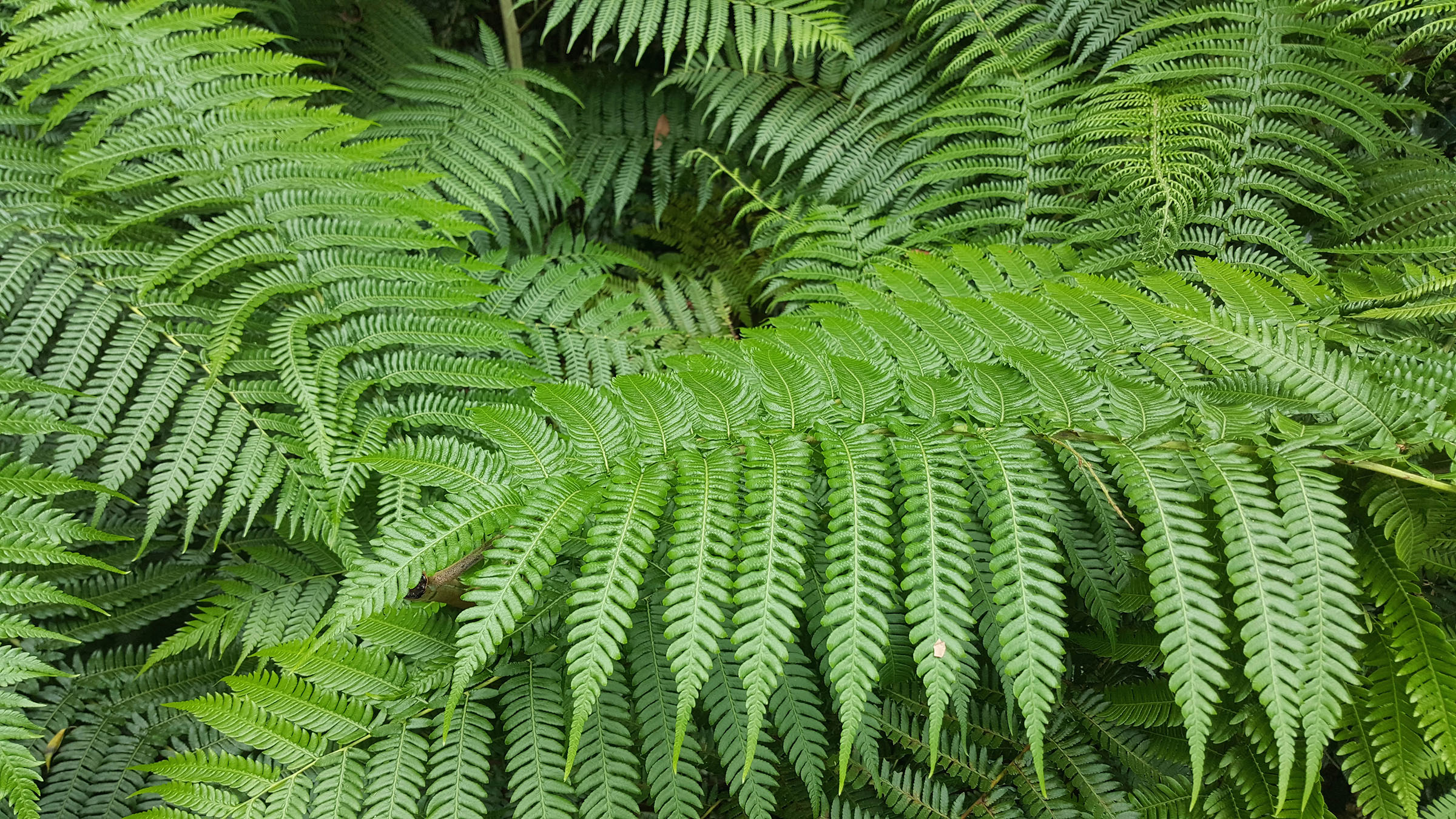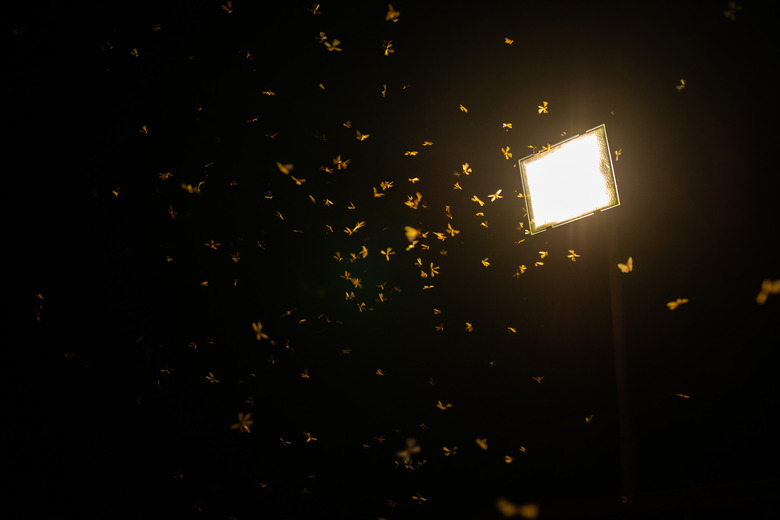Streetlights Seem To Have A Bizarre Affect On Tree Leaves
Streetlights may have an interesting and unique effect on tree leaves. According to researchers at the Chinese Academy of Sciences, artificial light could be causing the leaves on Japanese pagodas and green ash trees to become more resilient to insect damage. The researchers noticed the lack of insect damage on the trees lining the streets of Beijing, where streetlights were more prevalent. They published their findings this month.
The researchers collected more than 5,500 leaves from over 180 trees across 30 different sites throughout the city. Some were found near streetlights with the orangish glow of sodium-based lighting, while others were found in darker areas. They measured the size of the leaves, their water content, and even their nutrient levels and their toughness. Additionally, they looked at any evidence of insect damage and measured it.

The researchers found that leaves taken from under the streetlights were much tougher and had less damage from insects. This appears to indicate that streetlights may have some unforeseen effect on tree leaves. Of course, we'll need to investigate the issue a bit more soundly to truly determine just how extensive the effect might be and exactly why it seems to deter insects from damaging those leaves quite as much.
The researchers say that it could come down to the light making insects more visible to predators, thus allowing those predators to scoop them up before they can eat the leaves. Further studies may see leaves placed within controlled areas with and without streetlights so that researchers can see exactly how the insects' habits play out when exposed to light or darkness and how the light might affect the leaves themselves.
Some believe that the streetlight's effect on the tree leaves could just be a very subtle effect. However, because of how urbanized the area is within the middle of Beijing, the researchers believe it probably doesn't pose any real threat to the insect diversity or ecosystem function within the area. Researchers continue to learn more about plants, though, and they've even captured footage of plants breathing.
